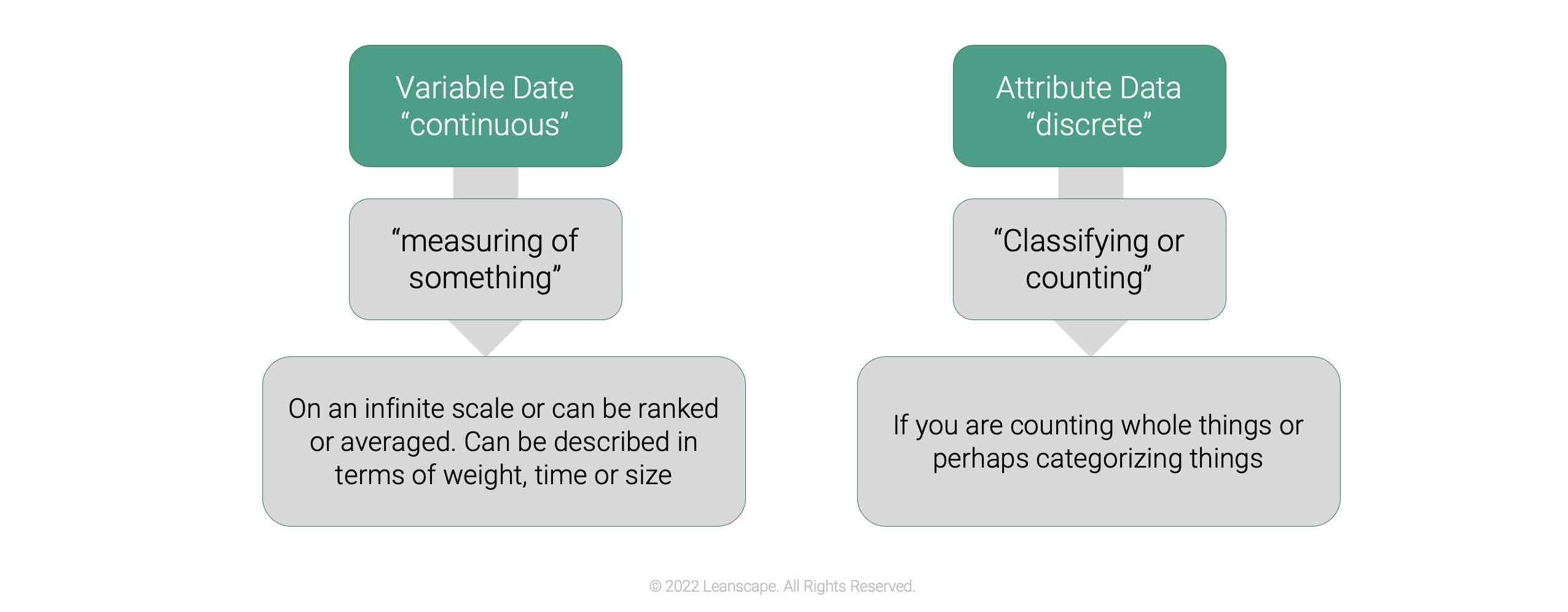In the business world, data comes in all types of shapes, sizes, and forms. However, it can generally be classified into two broad categories: attribute data and transactional data. In this blog post, we’ll take a deep dive into attribute data to help you understand what it is, where it comes from, and how it can be used to benefit your business.
What is Attribute Data?
Attribute data is defined as a type of data that can be used to describe or quantify an object or entity. An example of attribute data is things like coluor, , yes/no, gender, etc. This type of data is typically used in conjunction with other forms of data to provide additional context and insights. For instance, if you were looking at sales data for a clothing store, you might use attributes like “colour” and “size” to segment the data and better understand which products are selling well and which aren’t.

Attribute data can come from various sources, both internal and external, to your organization. Internally, attribute data might be generated through customer surveys or loyalty programs. External sources of attribute data could include public records or third-party research reports. No matter where it comes from, the key is that attribute data can help you paint a complete picture of your customers, products, or operations.
When looking at the attribute data definition, it’s important to remember that continuous data or variable data is often more helpful and easier for data analysis. So where possible, always try to collect continuous data, especially for your Yellow Belt or Green Belt Lean Six Sigma Projects.
Attribute data is robust because it can be used to improve virtually any aspect of your business. For instance, if you’re trying to target a particular market segment with your marketing efforts, attribute data can help you identify the characteristics of that target audience so that you can more effectively reach them. Or, if you’re looking to streamline your operations, attribute data can be used to identify inefficiencies and areas for improvement. The bottom line is that attribute data can be precious for businesses of all sizes across all industries.
Conclusion:
Attribute data is a type of data that can be used to describe or quantify an object or entity. It is typically used in conjunction with other forms of data to provide additional context and insights. Attribute data is powerful because it can improve virtually any aspect of your business by helping you paint a more complete picture of your customers, products or operations. If you’re not already leveraging attribute data within your business, now is the time to start!


















